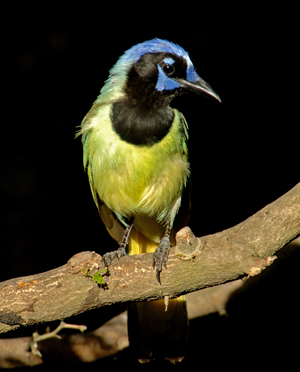Ted joined a panel of nature tourism experts at the National Conservation Training Center (NCTC) in Shepherdstown, West Virginia this week. The panel presented and discussed nature tourism and the implications for federal public lands. Joining Ted on the panel were Mike Carlo and Toni Westland of the US Fish and Wildlife Service (USFWS), Nancy Millar of the McAllen (Texas) Chamber of Commerce, with Nancy Zapotocki, Kevin Kilcullen, and Randy Robinson (all of the USFWS) providing behind-the-scenes support and guidance. This broadcast is the first presented in the USFWS Human Dimensions of Natural Resource Conservation series. Here is a link to this 90-minute broadcast. For those interested in additional information and resources related to Ted’s talk, we have added a page to our website with links to a broad collection of papers, reports, books, and presentations.
For those interested in watching the 90-minute segment, please use this link NCTC Human Dimensions in Conservation Series
